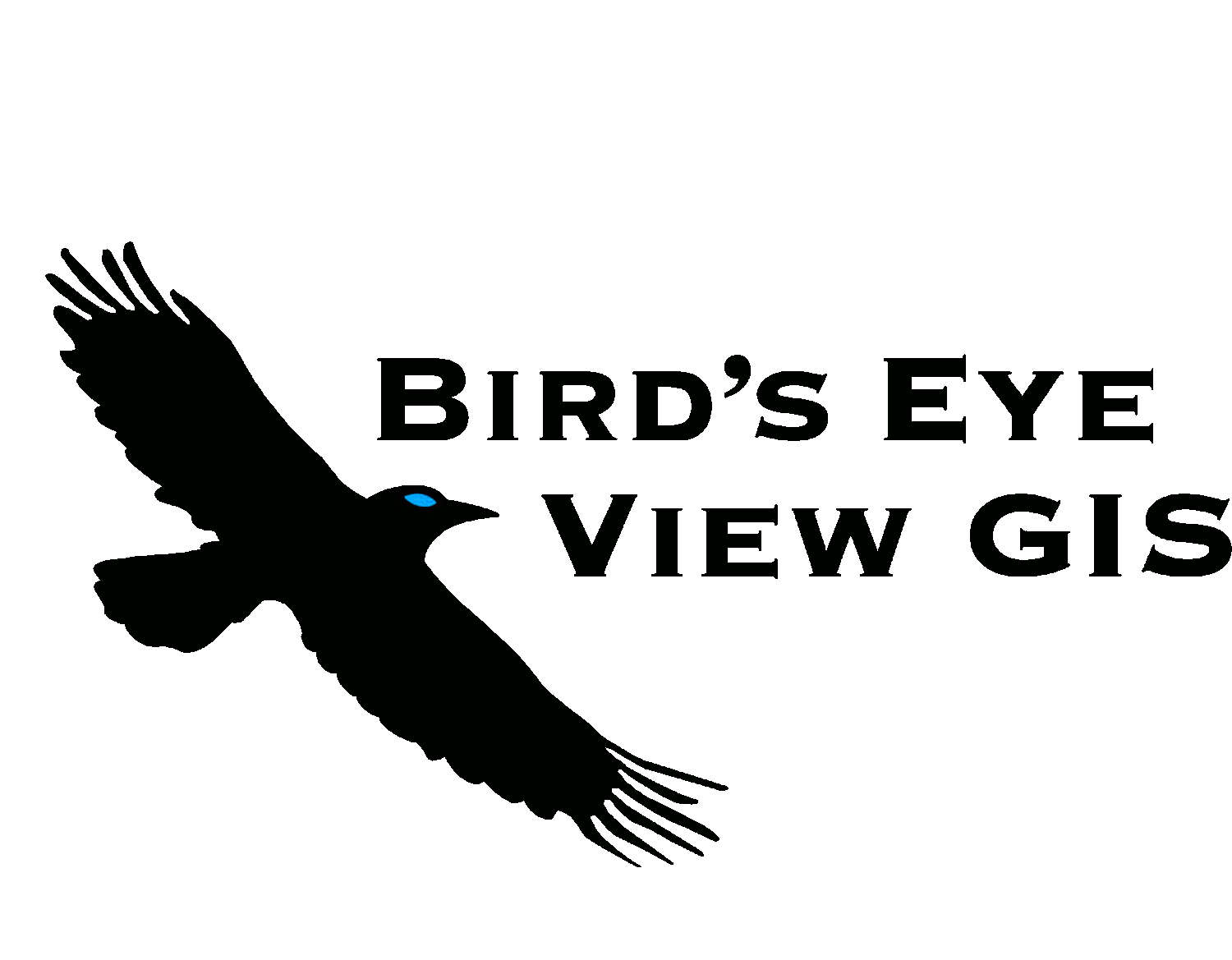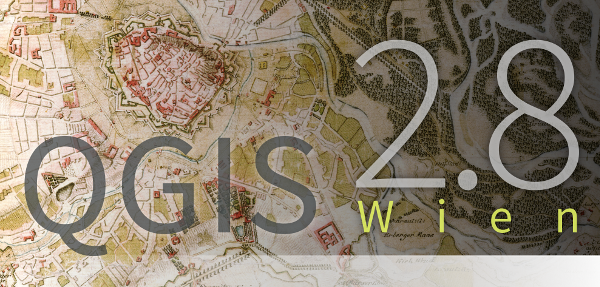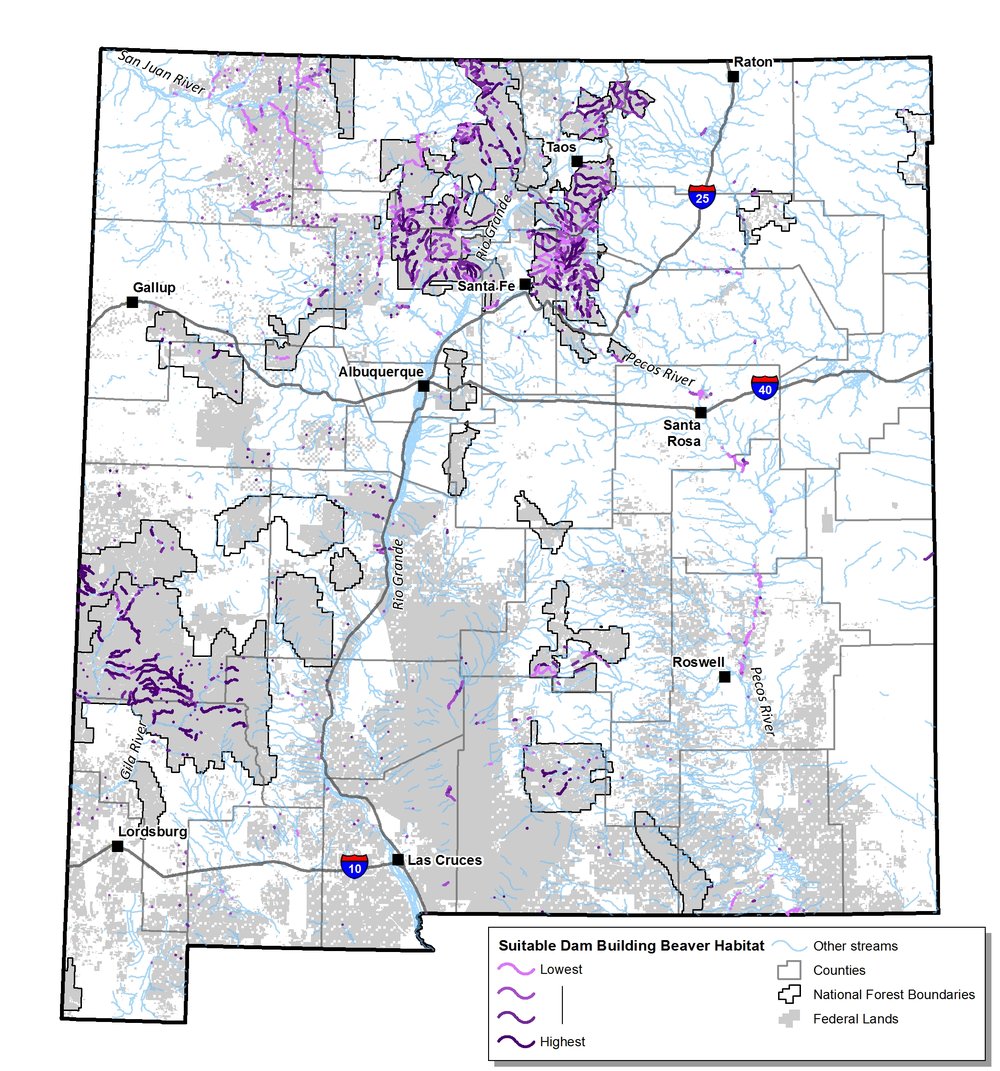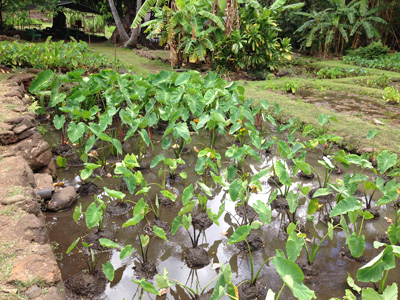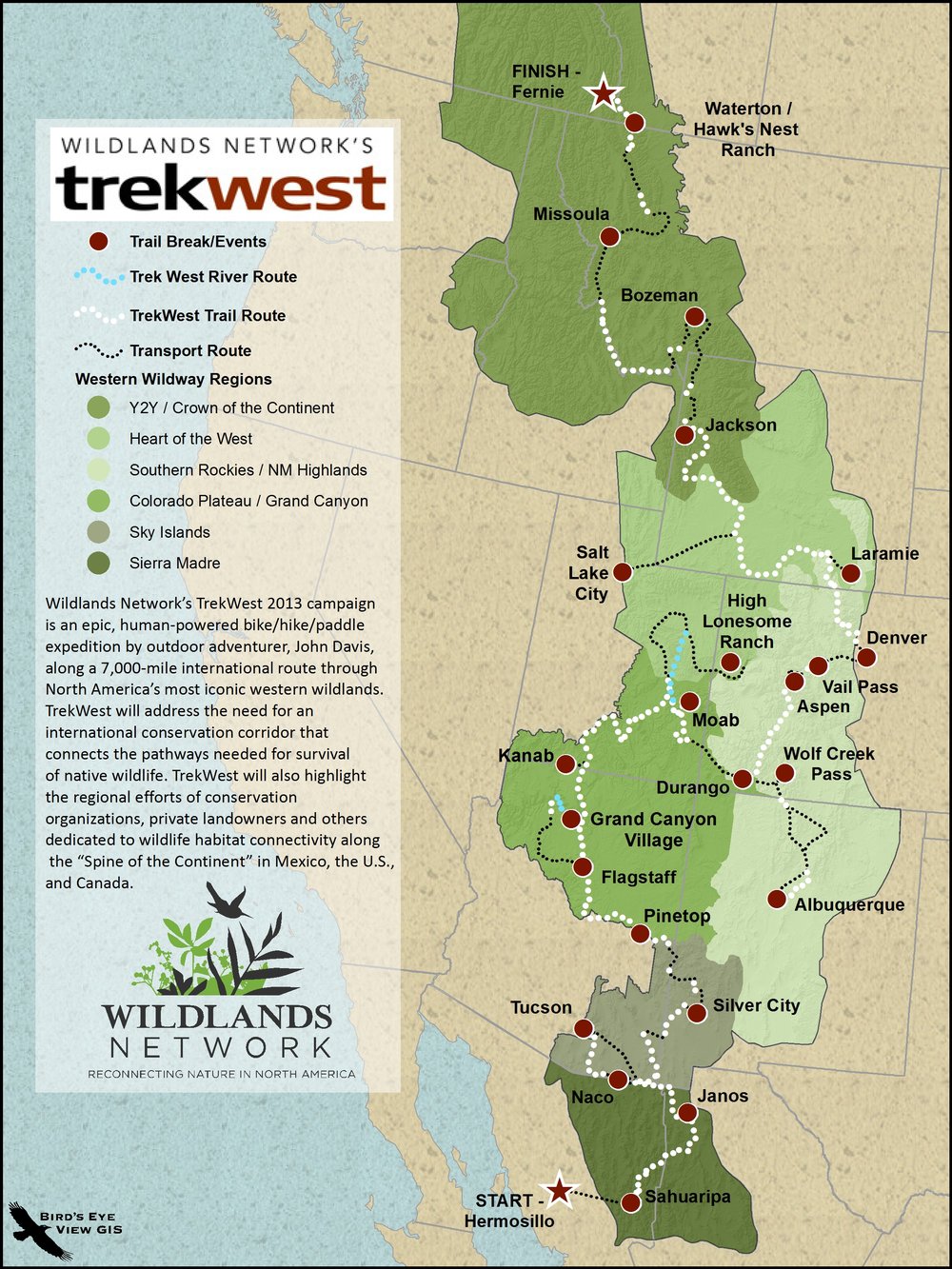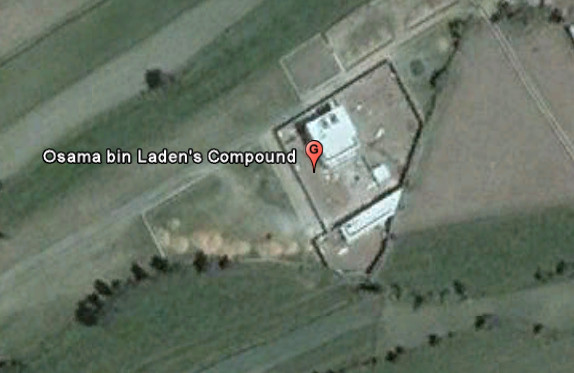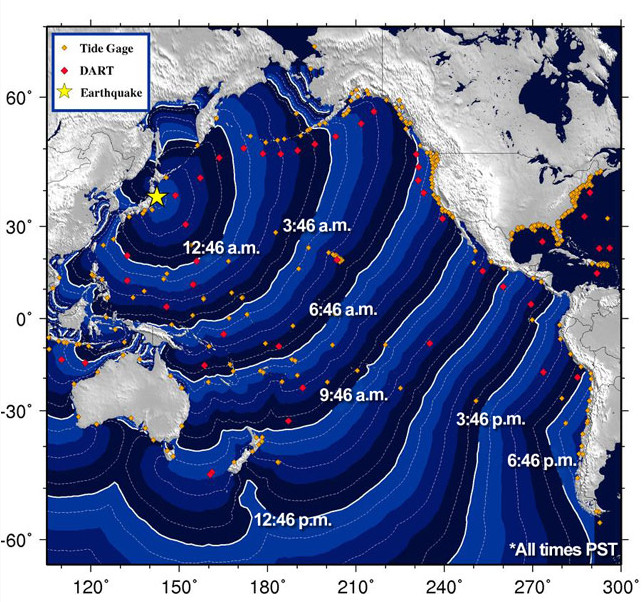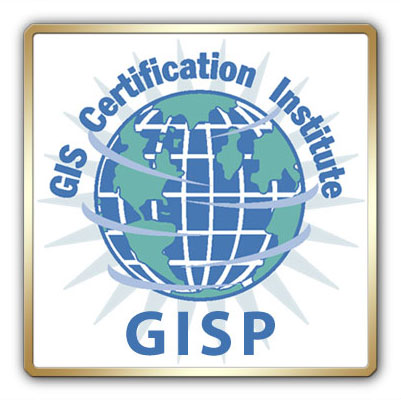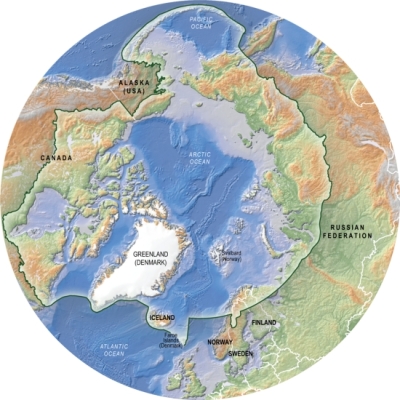QGIS 2.8 Splash Page
Recently a new version of QGIS has been released every four months. This rapid pace of development has its pros and cons. On the plus side, the software is rapidly growing and improving. On the con side it has made it difficult to maintain documentation. It has also been an issue for people working on large projects. They have had to deal with the software changing every four months.
QGIS 2.8 is a special release because it is the first in a series of long-term releases (LTR’s). The idea is that one release per year will be an LTR. This means that the LTR release will be supported and available for download for one year. This way people needing stability can use this until the next LTR is released a year from now.
Some of the highlights are:
- Numerous bug fixes and stability improvements
- QGIS Browser is more responsive
- Ability to select the units in the Measure tool
- Improvements to editing: better control of snapping and a new suite of Advanced Digitizing tools
- Improvements to the Map Composer such as better control over coordinate graticules and map rotation.
- Symbology improvements such as filling polygons with raster images, ability to have multiple styles per layer.
The detailed list of new features can be found in the QGIS Virtual Change log: http://www2.qgis.org/en/site/forusers/visualchangelog28/index.html
Visit the download page and take the new version for a spin. Remember you can install it on Windows, Mac and Linux!
